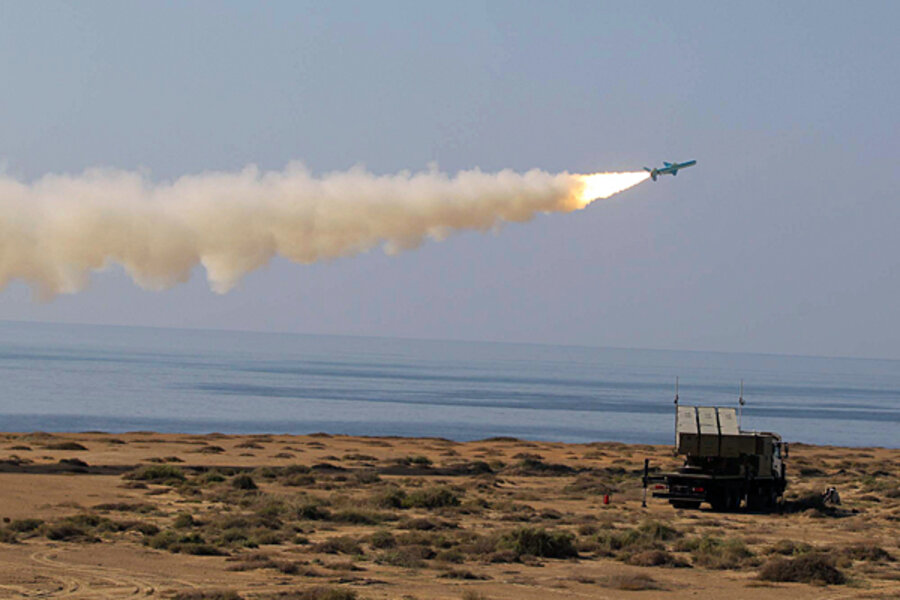Looming Iranian missile threat to US? Pshaw.
Loading...
Israel has been hyping up the likelihood that Iran will soon have missiles that can hit the US. Spencer Ackerman explains why that's probably not true:
From getting all the rocket thrusters to work properly to developing heat shields that can withstand the stresses of rapid atmospheric reentry, Iran is probably many years away from getting an intercontinental ballistic missile (ICBM). The American spy apparatus, which once hyped the Iranian missile threat, has quietly stopping saying when Iran can hit the east coast. And the irony is that it’s taking Iran so long precisely because its missile efforts really are sophisticated.
“The bottom line,” says Paul Pillar, a veteran CIA Mideast analyst, “is that the intelligence community does not believe [the Iranians] are anywhere close to having an ICBM.”
It's in Israel's interests of course to convince the US otherwise, since Iran does have missiles that can reach that country. Israeli Finance Minister Yuval Steinitz said in a CNBC interview on Wednesday. "We estimate that in 2-3 years they will have the first inter-continental ballistic missiles that can reach the east coast of America."
That assessment is far out of line from the United States' current one – not that the US is always right. In 1998 former Defense Secretary Donald Rumsfeld said Iran was 5 years away from obtaining an ICBM that could hit the eastern US. 2003 came and went without any such breakthrough.
Iran being multiple years away from something scary -- having a nuclear weapon or a really good long range missile -- has been a sort of regular facet of the debate since the late '70s, as this list of dire, unfulfilled predictions makes clear. Former Sen. Alan Cranston of California had Iran seven years away from a nuclear bomb in 1984, for instance.
The predicted decisive time periods have been getting shorter of late. Iran is more technically capable today than it was a decade ago, and if it chose to obtain a nuclear weapon, most technical experts believe it's probably capable of making one or two in a few years. The US intelligence assessment remains that Iran has not yet made that choice.







